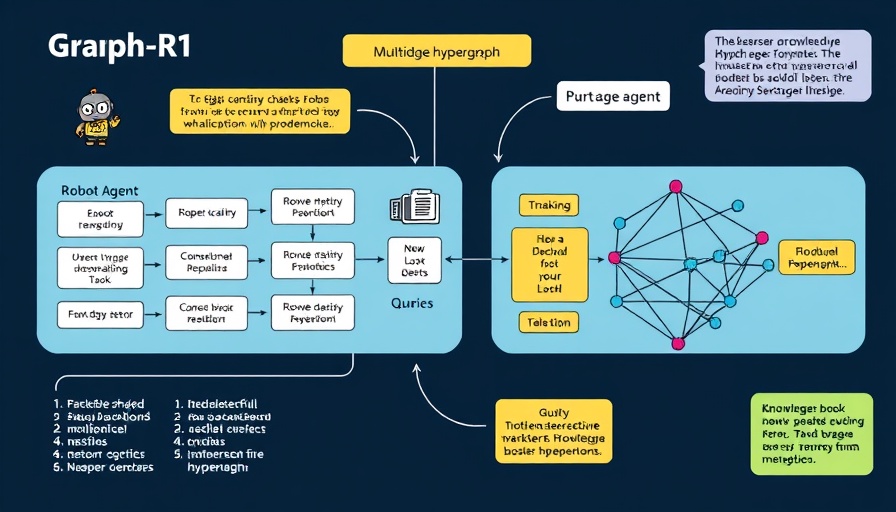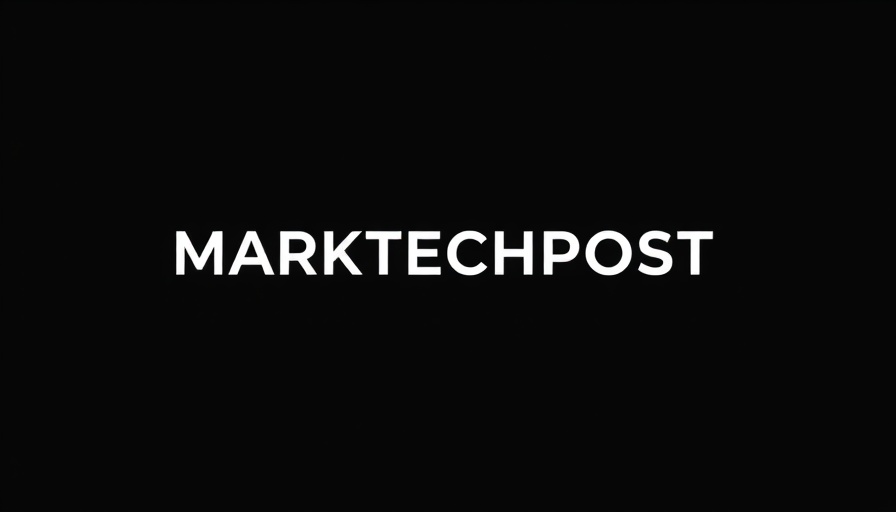
Unlocking the Future: 9 Transformative AI Workflow Patterns for Small and Medium-Sized Businesses
In a rapidly evolving business landscape, small and medium-sized enterprises (SMEs) find themselves at a crossroads. The key to staying competitive in 2025 lies not just in adopting AI technologies, but in harnessing the power of agentic AI workflows. This approach transcends traditional single-step AI interactions, allowing businesses to leverage sophisticated workflows that significantly enhance operational efficiency and customer engagement.
Why Classic AI Agent Workflows Often Fall Short
Conventional AI applications tend to be limited in their capabilities, often relying on rudimentary, single-step thinking that fails to address complex challenges. Many businesses discover that a solitary AI model call can’t effectively tackle multifaceted problems. A staggering 85% of AI implementations falter, highlighting the urgent need for SMEs to embrace the emerging paradigm of agentic AI.
The 9 Agentic Workflow Patterns Shaping 2025
So, what exactly are these transformative workflow patterns? Here, we’ll explore the nine agentic AI workflow patterns set to revolutionize the operations of small and medium-sized businesses:
Sequential Intelligence
1. Prompt Chaining: This method breaks tasks down into manageable sub-goals where each output feeds into the next task. It provides consistency and context, making it perfect for customer support scenarios.
2. Plan and Execute: Autonomy is key as agents independently map out tasks, execute them in a sequenced manner, and refine the actions based on outcomes. This creates an adaptive loop that is essential for maintaining progress and enhancing productivity.
Parallel Processing
3. Parallelization: By dividing larger tasks into smaller independent sub-tasks, SMEs can execute multiple functions simultaneously. This not only speeds up processes such as candidate evaluations or A/B testing but also enhances the accuracy of outcomes.
4. Orchestrator-Worker Model: A central orchestrator agent manages the breakdown of tasks, delegating specific roles to worker agents. This not only boosts performance but also helps businesses leverage specialized skill sets among their teams.
Intelligent Routing
5. Routing: A vital pattern that channels inquiries or tasks to the most appropriate agent or model based on expertise, ensuring that each challenge is addressed efficiently and effectively.
Self-Improving Systems
As we venture deeper into 2025, the integration of these workflows promises to automate learning processes, enabling systems to enhance their performance proactively over time. Let's explore the benefits that these patterns can offer to businesses:
Real-World Impact of Agentic AI
The incorporation of agentic workflows can lead to significant improvements in turn-around times, decision-making processes, and customer satisfaction levels. For instance, businesses utilizing intelligent routing can serve clients more effectively, as inquiries reach the right personnel without delay.
Best Practices for Implementation
As catapulting into this AI-driven future, here are some practical insights for SMEs looking to adopt these workflow patterns:
- Start small: Begin with integrating one or two patterns to see how they fit into your existing operations.
- Train your team: Ensure that your employees are well-equipped to handle transitions and understand the technology.
- Measure your progress: Regular assessments can provide insights into what’s working and what requires adjustment.
The Path Ahead: Anticipating Future Trends
The future of AI agents is undoubtedly bright, particularly for SMEs ready to adapt these nine agentic patterns into their core operations. Facing an anticipated surge in the reliance on agentic AI workflows—projected to constitute 33% of enterprise software by 2028—a proactive posture now can transform challenges into opportunities for growth during this pivotal era.
Conclusion: Embracing Change
As the business landscape continues to evolve, small and medium-sized enterprises have a unique opportunity to leapfrog competitors by embracing the innovative potential of agentic AI workflows. By learning to implement these patterns effectively, businesses can not only avoid common pitfalls but also thrive in an increasingly automated world. Are you ready to step into the future of AI?
Don’t miss out on unlocking the full potential of your business. Equip yourself with these insights and explore actionable steps to transition towards a more efficient, agentic-driven future today!
 Add Row
Add Row  Add
Add 



Write A Comment